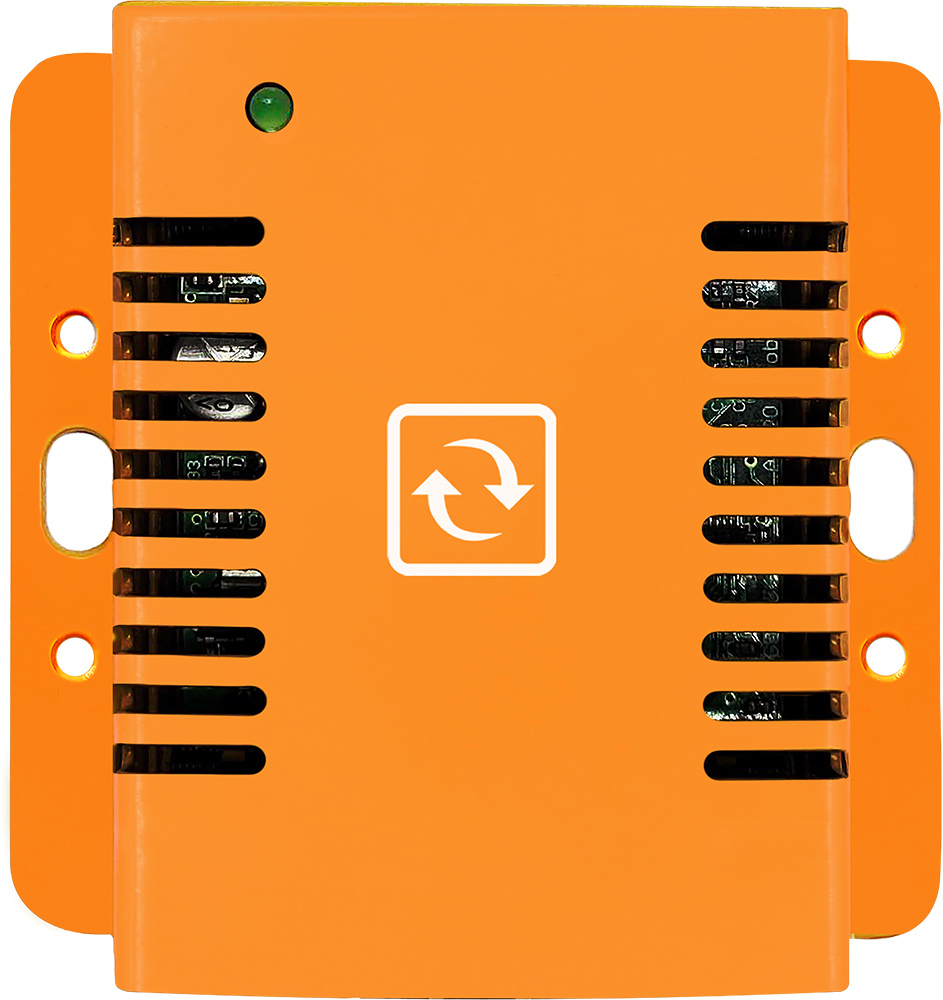
-
More
Thermal Image Sensor
Close
Unlike contact temperature sensors or infrared spot sensors, our patented thermal image sensor, with its zoning feature, looks at each bus bar individually and reports the hottest temperature for each of them. The device can be mounted strategically inside the switchgear equipment or on the IR window.
Thermal Image Sensor
-
More
Temperature & Humidity Monitoring
Close
The ambient temperature measurement checks if your cooling is still operating and if the room has the desired temperature setting. Combined with the humidity sensors, it ensures that your equipment is running within limits.
Temperature & Humidity Sensors
-
More
Water Leak & Ingress
Close
Water is the enemy of electricity. Inside switchgear the smallest of water due to condensation or other may result in catastrophic failure.
Water Sensing Sensor & Cable
-
More
Dust Sensor
Close
Dust accumulation within switchgear can lead to breakdown, corrosion, and overheating of electrical components. Over time, this can cause equipment malfunctions, failures, and even fire hazards.
Dust Sensor
-
More
Ozone (O3) Gas Sensor
Close
Partial discharges resulting from the Corona effect, generate ozone gas. By digitally monitoring ozone gas levels in MV switchgear, PD events can be detected and alerts can be generated to maintenance staff for immediate inspection.
O3 Gas Sensing
-
More
ACM Corrosion Sensor
Close
Sensor detecting in real time the level of atmospheric corrosion for copper and silver based on the ANSI 71.04-2013 standard.
Corrosion Sensor
-
More
Shock & Vibration Sensor
Close
Vibration over time may cause cable and busbar connection points to come loose. This could release Ozone (O3) and cause a catastrophic event like an arc flash.
Shock Sensor
-
More
Sulfur Hexafluoride (SF6) Gas Sensor
Close
SF6 is widely used in medium and high-voltage switchgear because of its:
* Superior Insulating Properties,
* Exceptional Arc Quenching,
* Chemical Stability, and
* Non-flammability,
It is also an extremely potent greenhouse gas with a high global warming potential (GWP). Thus, it is important to have an SF6 gas sensor to detect if it is leaking into the environment. It must be installed close to the floor, ideally a f
SF6 Gas Sensing

Don't leave your operations vulnerable to latent risks, inefficiencies, and the threat of unforeseen downtimes. The conventional approach of intermittent manual inspections, while beneficial, only provides transient insights into the health of your electrical infrastructures. Without a robust monitoring framework like InfraSensing's solution, you're risking your assets and operational continuity.
Experience the game-changing innovation of InfraSensing's switchgear monitoring solution. Our patented thermal imaging sensors, which also include a unique feature to monitor each busbar connection point and other connection points individually, thus reducing the number of devices inside your switchgear, can also be mounted over the IR windows, potentially ensuring no downtime during installation. Our patented thermal imaging sensors provide continuous 24x7 oversight of your electrical systems, ensuring you can detect failures early, preventing intermittent and catastrophic failures and protecting your bottom line. But we don't stop at hazard prevention. Our solution seamlessly integrates with your existing systems, enhancing operational dependability and boosting profitability. This is the future of switchgear monitoring.
InfraSensing's sensors flawlessly amalgamate with our foundational wire unit, establishing a seamless conduit to your Building Management System (BMS) or control apparatus. We champion versatility, supporting an array of protocols, including Modbus TCP, SNMP, and options for RS485 or MQTT connectivity. This ensures our system's compatibility and synergistic operation within your existing infrastructure, setting a new benchmark in switchgear monitoring excellence.
With InfraSensing, you're not just getting a monitoring solution. You're getting the assurance of uninterrupted operations and a shield against potential catastrophic failures. Our innovative and integrated solution is your key to continued operations.